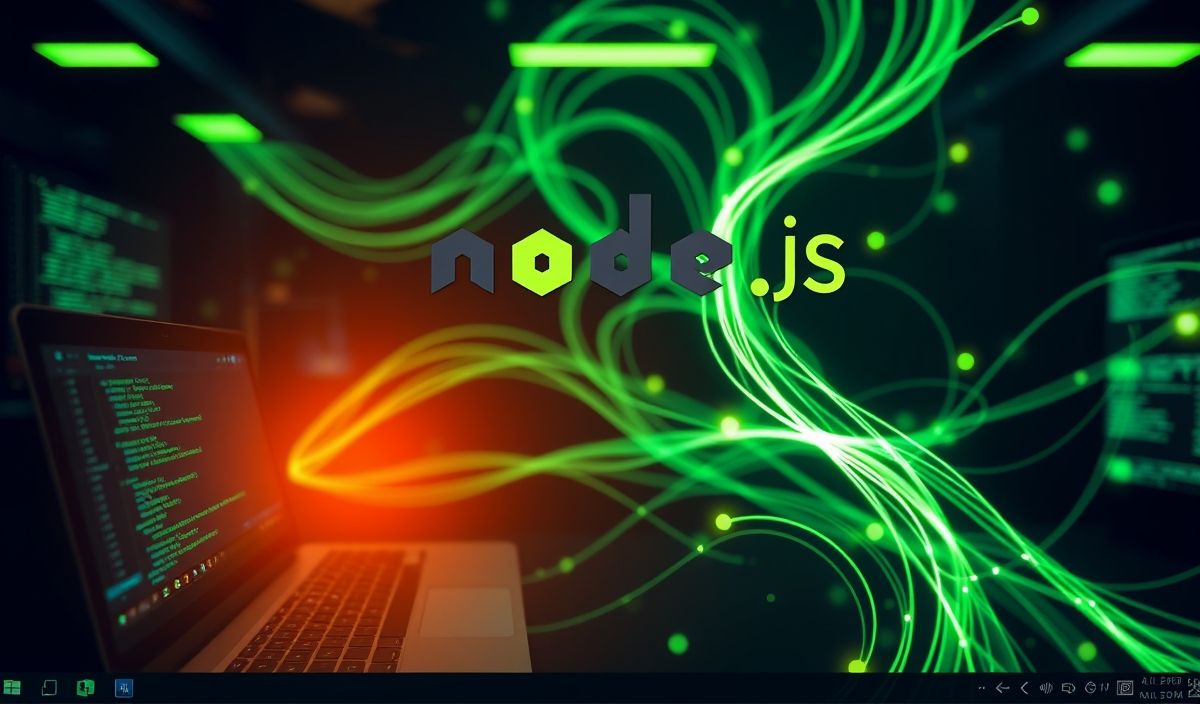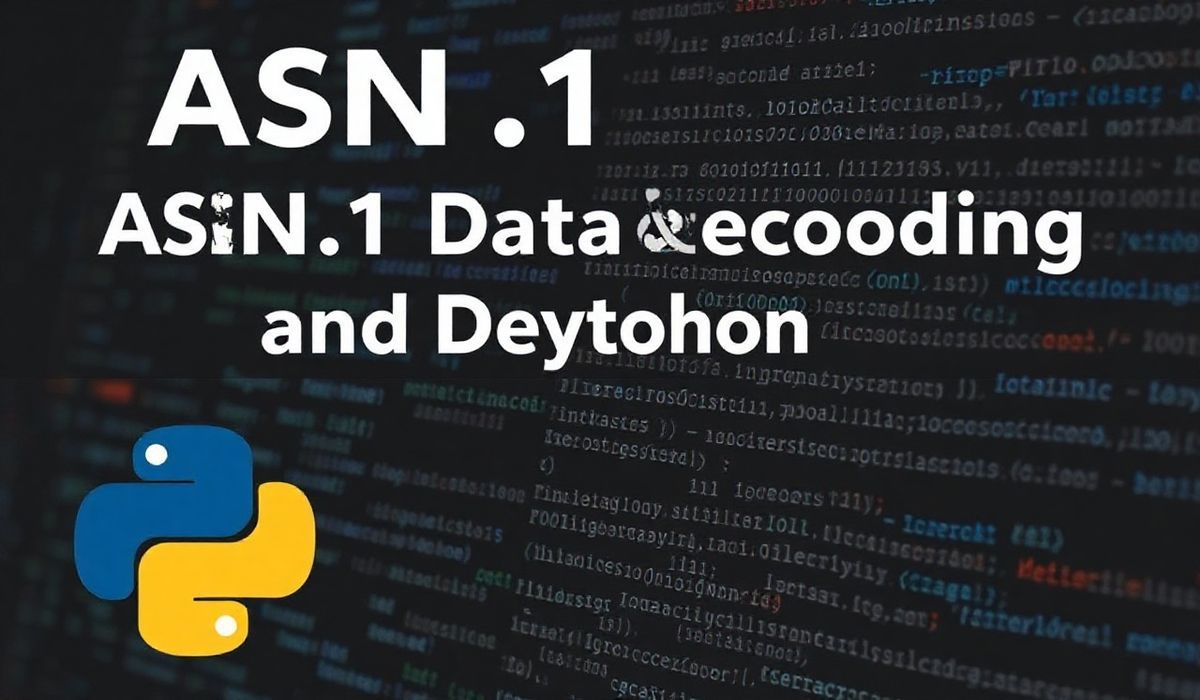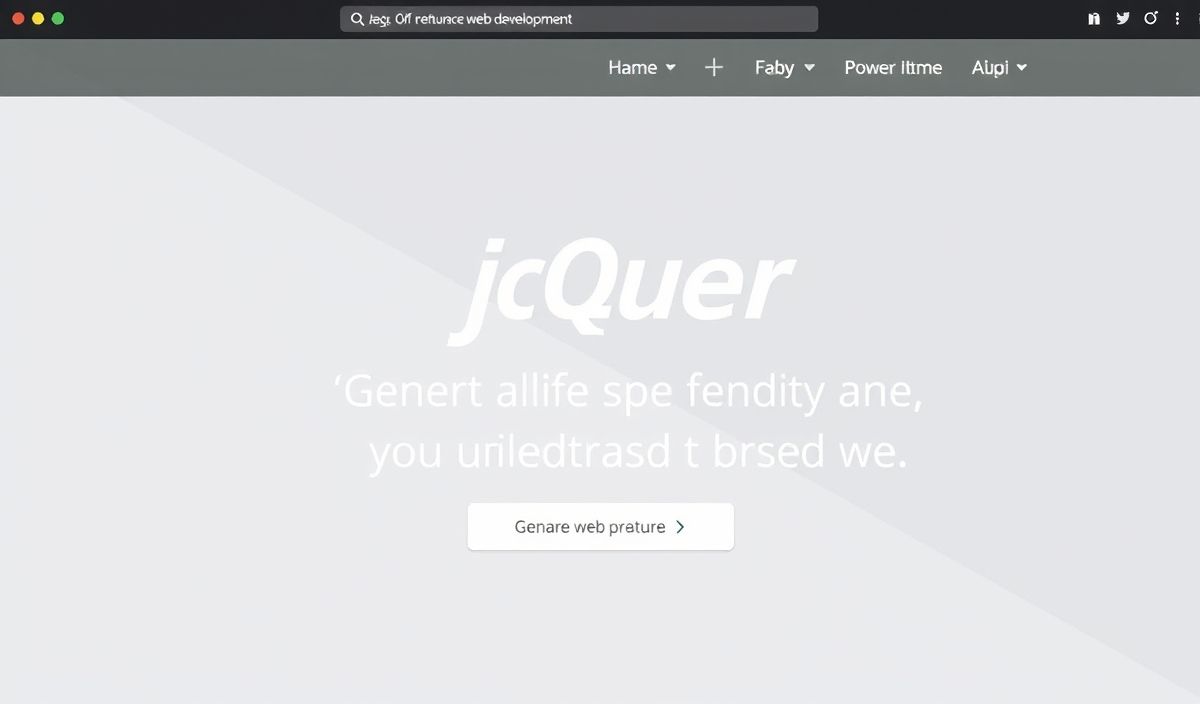Introduction to MQTT: The Lightweight IoT Communication Protocol
MQTT (Message Queuing Telemetry Transport) is a lightweight, publish-subscribe network protocol that transports messages between devices. It is ideal for Internet of Things (IoT) applications due to its minimal resource requirements and efficient data distribution.
Key APIs in MQTT
1. Connection API
To start working with MQTT, you first need to establish a connection to the MQTT broker. Below is how you can do it:
mqtt.connect("mqtt://broker.hivemq.com", {
clientId: "mqtt_client_id",
clean: true,
connectTimeout: 4000,
username: "user",
password: "password"
});
2. Publish API
Publishing messages to a topic is a critical function in MQTT. Here’s an example:
mqtt.publish('topic/test', 'Hello MQTT', { qos: 1, retain: false }, function(error) {
if (error) {
console.error("Publish error: ", error);
}
});
3. Subscribe API
Subscribing to a topic allows clients to receive messages. Here’s how you can subscribe to a topic:
mqtt.subscribe('topic/test', { qos: 1 }, function(error, granted) {
if (error) {
console.error("Subscribe error: ", error);
} else {
console.log("Subscribed to topic: ", granted);
}
});
4. Unsubscribe API
You can unsubscribe from a topic if you no longer wish to receive messages:
mqtt.unsubscribe('topic/test', function(error) {
if (error) {
console.error("Unsubscribe error: ", error);
} else {
console.log("Unsubscribed from topic: topic/test");
}
});
Creating a Simple MQTT Application
Here’s how you can create a simple MQTT application that connects to a broker, subscribes to a topic, and publishes a message:
const mqtt = require('mqtt');
const client = mqtt.connect('mqtt://broker.hivemq.com');
client.on('connect', () => {
console.log('Connected to MQTT broker');
client.subscribe('topic/test', (err) => {
if (!err) {
client.publish('topic/test', 'Hello MQTT');
}
});
});
client.on('message', (topic, message) => {
console.log('Received message:', message.toString());
});
client.on('error', (err) => {
console.error("Connection error: ", err);
});
client.on('disconnect', () => {
console.log('Disconnected from the broker');
});
With this guide, you now have a solid foundation to start developing IoT applications using MQTT.
Hash: 046adb88a188465c6ba56443392821e60e97d3806445ba0e9daea6fb7a94271e




